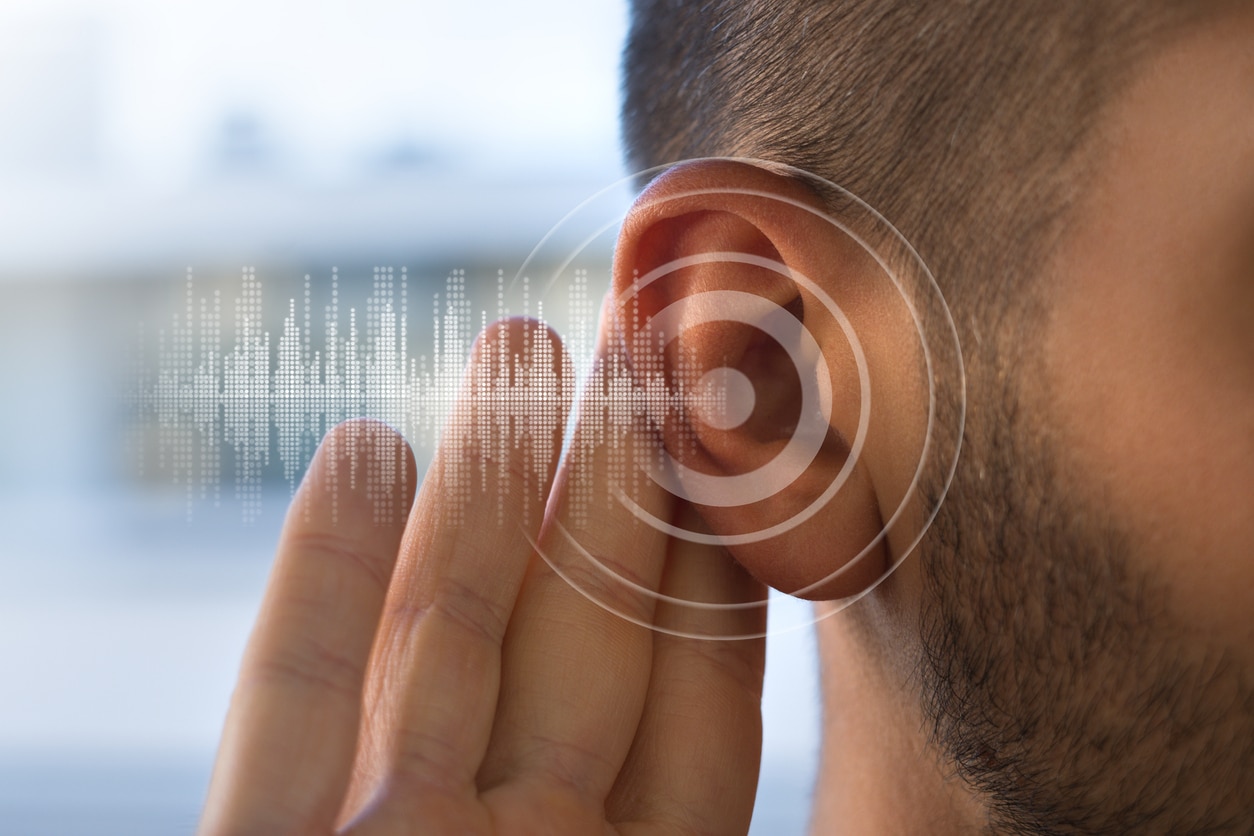We use pure tone testing to identify most cases of hearing loss. The results are charted on an audiogram to help us understand the degree and type of hearing loss. Hidden hearing loss, on the other hand, is a little trickier to diagnose.
What is Hidden Hearing Loss?

Hidden hearing loss describes any hearing loss that standard tests can’t measure. Even though patients report difficulty hearing, pure tone testing will reveal no hearing loss. In these cases, your hearing specialist may conduct additional tests to identify why you’re having trouble understanding speech.
While we’re not entirely certain what causes hidden hearing loss, some research suggests it results from damage to the cells inside the cochlea, the organ in the inner ear. When these hair cells are damaged, they’re unable to send sound signals to the brain.
Diagnosing Hidden Hearing Loss
If a pure tone test suggests that you don’t have hearing loss, but you still have difficulty hearing, your specialist may recommend one or more of the following:
- Speech-in-noise. This test measures how well you understand speech in background noise.
- Acoustic reflexes. This test measures how the tiny muscles in your middle ear respond to loud sounds.
- Diagnostic distortion product otoacoustic emissions. This test measures the function of your cochlea and outer hair cells. It’s most often used to diagnose hearing loss in children and infants.
- Auditory brainstem response (ABR). This test tracks how sound signals travel from the ear to the brainstem, helping identify nerve-related hearing issues. ABR testing is another common test for diagnosing hearing loss in infants.
- Extended high-frequency audiometry. This test measures hearing sensitivity at higher frequencies (above 8,000 Hz) that standard tests don’t cover.
Treating Hidden Hearing Loss
Standard treatment options for hidden hearing loss include:
- Hearing aids. Hearing aids collect and amplify speech and important background noises, bringing clarity from the quietest Augusta parks to the noisiest restaurants.
- Lifestyle adjustments. Lifestyle adjustments like switching to quieter environments and looking at people when they talk are great ways to improve communication.
- Auditory training. Auditory training is a set of listening exercises designed to improve how your brain processes speech. It’s often used alongside hearing aids. Typical exercises include listening to speech in noise, memory games and differentiating between similar sounds like “b” and “p.”
If you’ve been struggling to understand those around you, contact Augusta – Aiken ENT & Allergy today to schedule a hearing test with one of our specialists.
